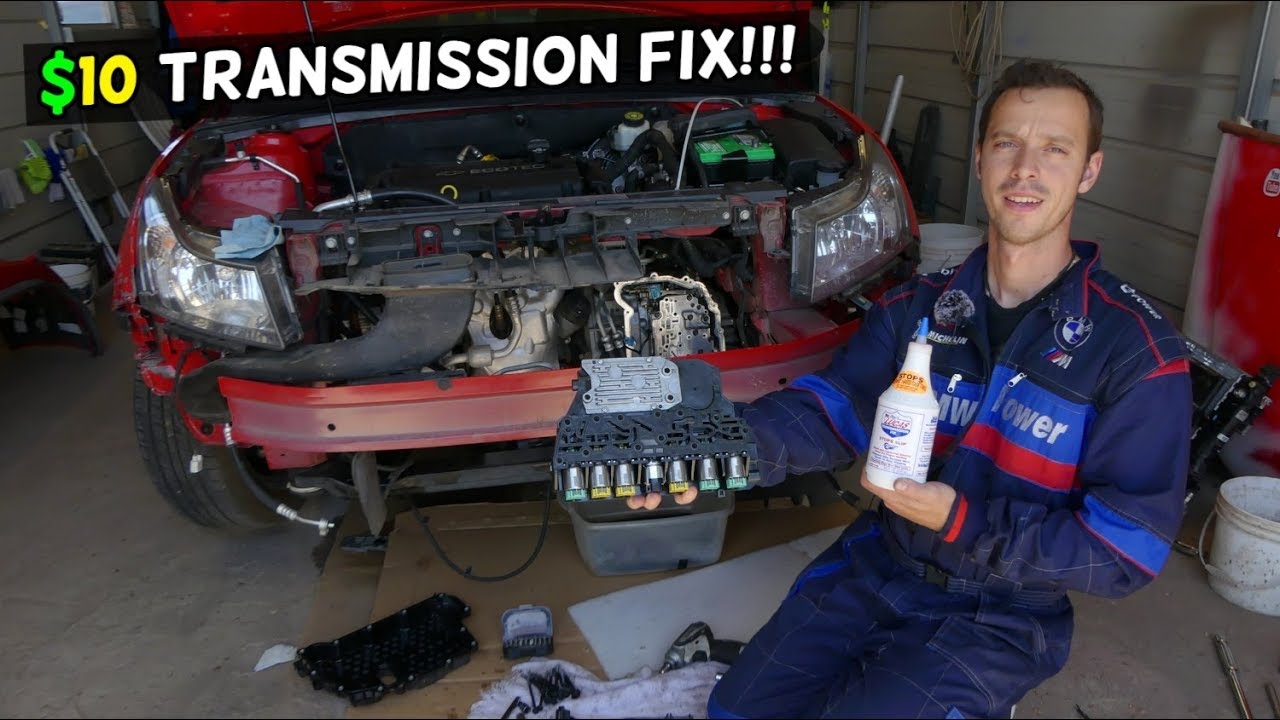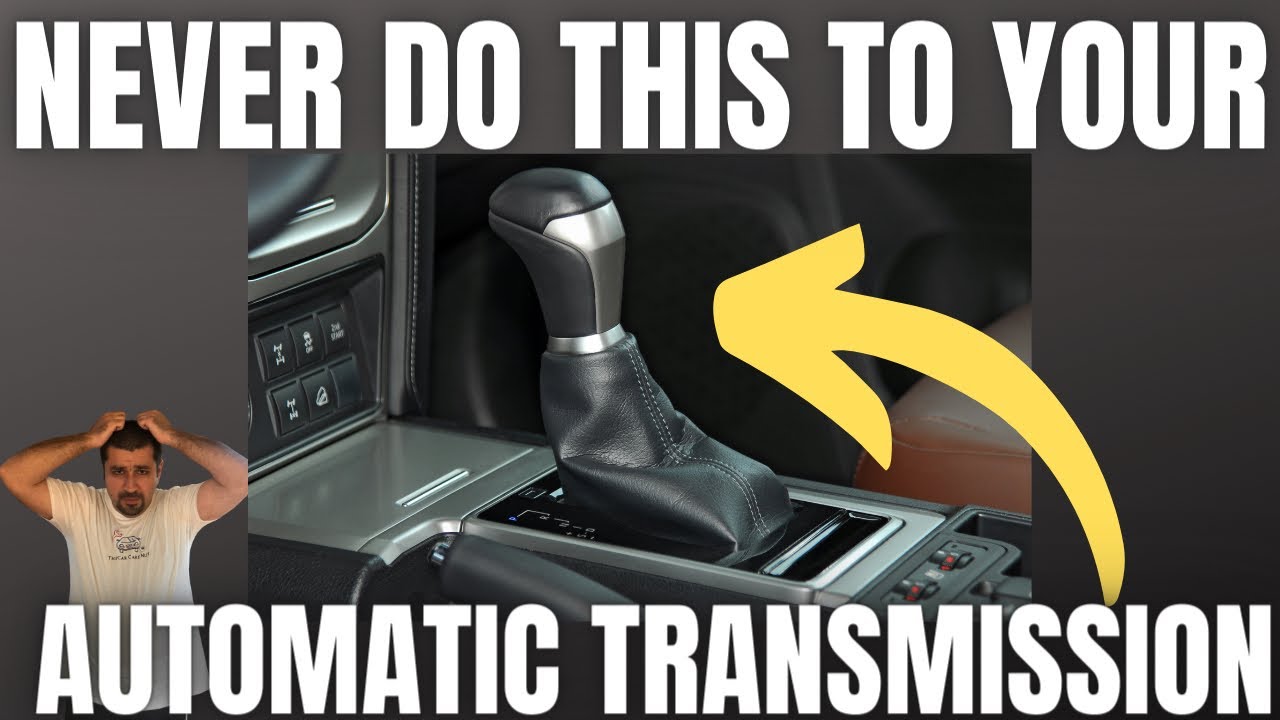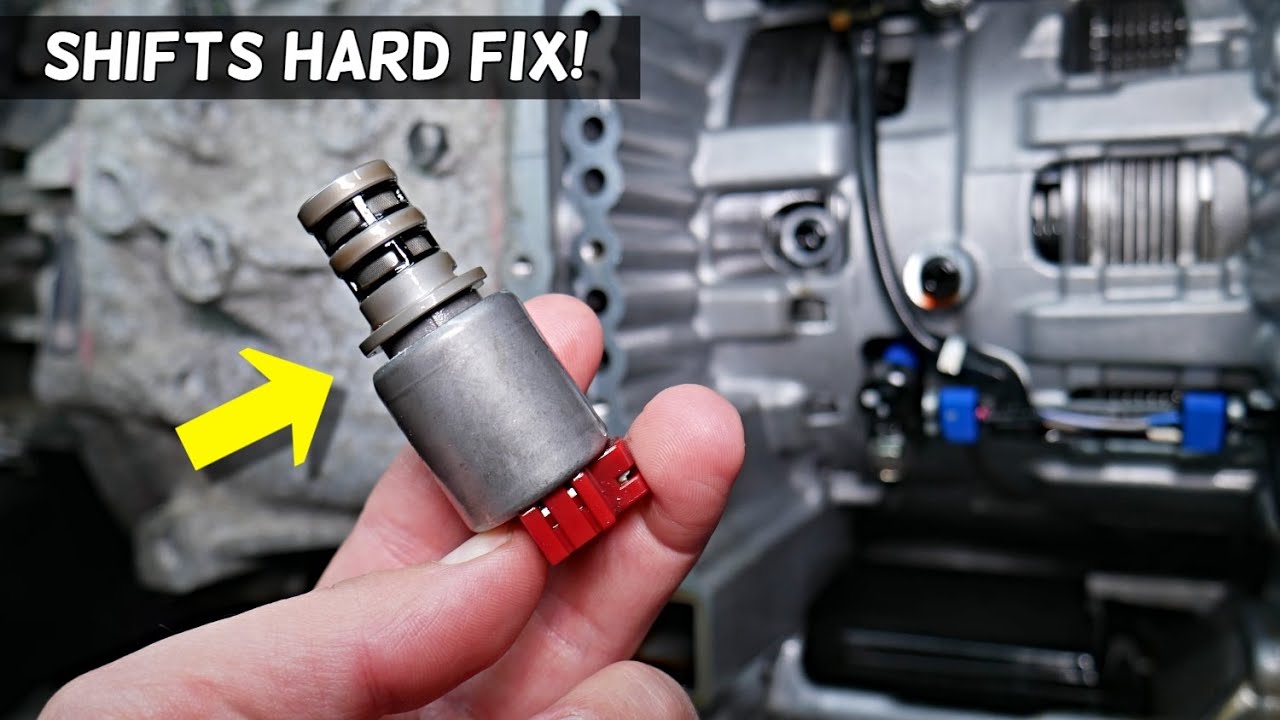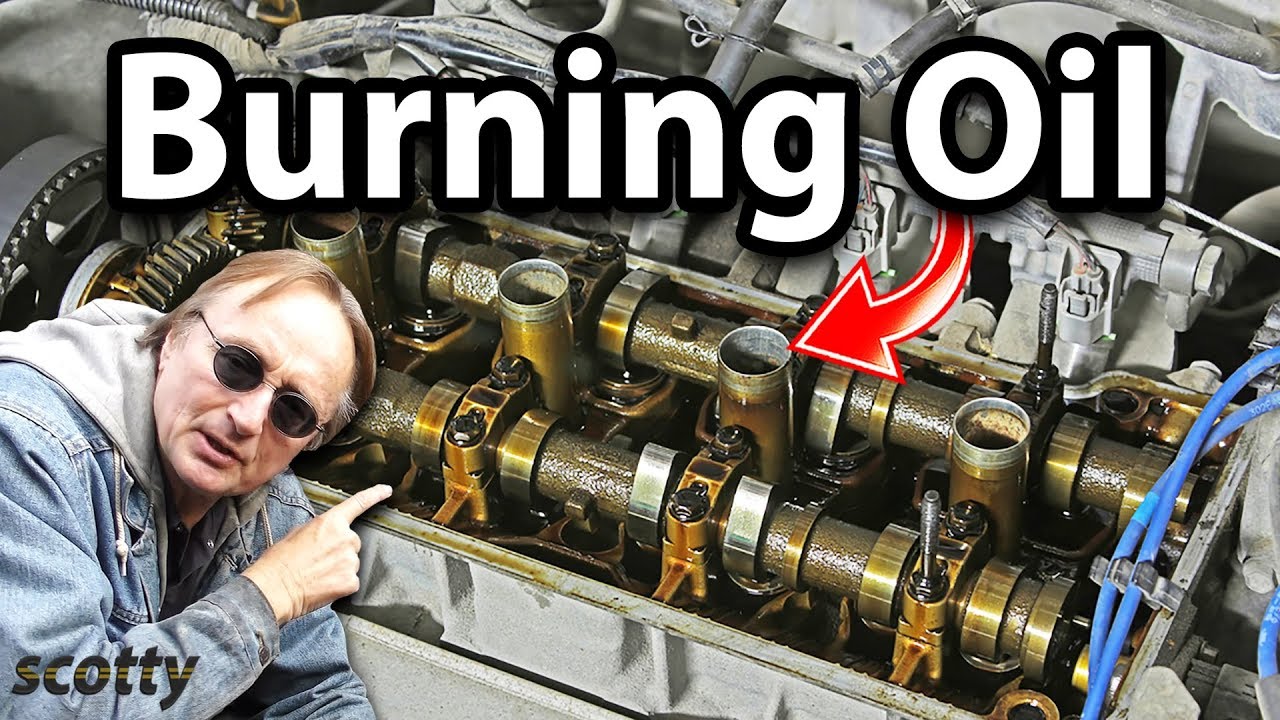Facing a bumpy ride while shifting from 1st to 2nd gear? This common transmission problem in both automatic and manual cars shouldn’t be overlooked. Understanding the root causes, from fluid issues to mechanical glitches, is key to tackling this challenge head-on. Dive into our guide to identify, understand, and fix the reasons behind your car’s hard shifting, ensuring a smoother and safer driving experience.
What Causes Transmission Shifting Hard From 1st To 2nd?
Gear shifting issues in automatic and manual vehicles could be caused by several factors, such as Low-Level or contaminated Transmission Fluids, Damaged, Faulty gears, Faulty Shifter Cables, etc. It could eventually cause severe damage to your car. Even worse, it can result in a car collision while the driver is on the road. So, I think you should fix it as quickly as you can.
Finding the causes of the delayed shift from first to second gear is a fantastic way to approach this. In order to help you prevent any negative impacts, some of these causes are outlined below.
1. Automatic Vehicle Transmissions

The following are the causes why a transmission shifts hard from 1st to 2nd in an automatic car.
Low-Level Transmission Fluid
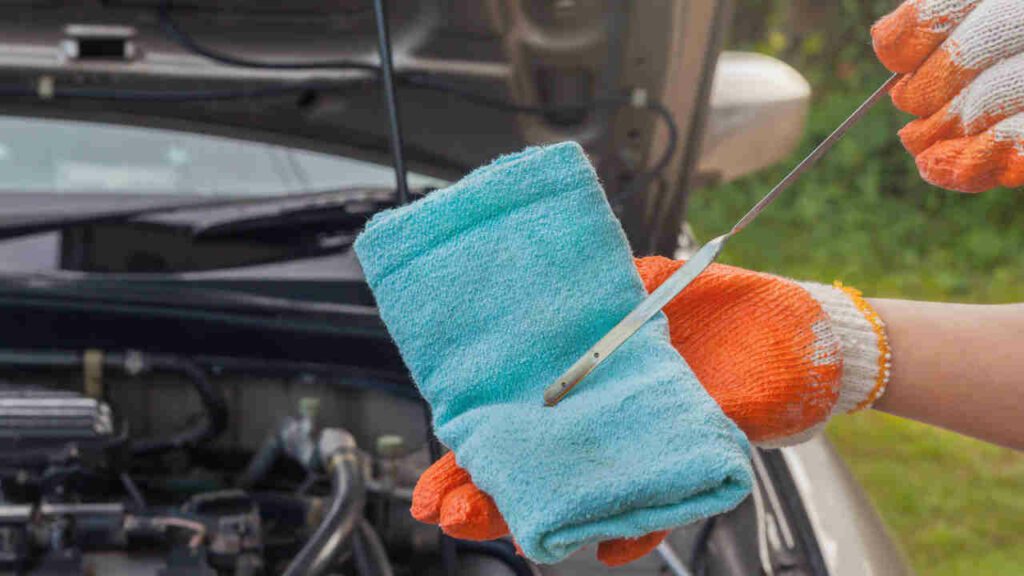
Low fluid levels in your transmission system are dangerous to your car. This may happen if you need to check or change your transmission fluid for an extended period, or there could be a seal or gasket leak. Transmission fluid has a lengthy lifespan. Hence, if you continuously notice low-level liquids, there is a leak. The transmission system won’t be properly lubricated when the fluid level is low, resulting in the gears and clutches moving erratically.
Contaminated Transmission Fluid
Transmission lag is primarily brought on by transmission oil contamination. If the liquid is clear, the transfer should happen right away and be flawless. Check the gear oil first if you are experiencing gear shifting difficulties. Ensure that it is clean. You may find transmission fluid in a variety of hues. Verify if the hue is what the manufacturing business intended.
Most transmission fluids are either green, blue, red, or yellow in color. Your car may potentially be in risk if the transmission fluid level is too low. This could be a sign that your gasket or seal is leaking or that the transmission fluid hasn’t been changed or inspected in a while. Hence, if you see a regularly low fluid level, your transmission may be leaking.
If the transmission fluid level is low, the transmission system will not be properly lubricated, resulting in rough gear and clutch movement, which could be the answer to your inquiry, why does my transmission shift hard from first to second?
Damaged Sensors
The number of automatic vehicles on the market is rising as a result of technological improvement. These autonomous vehicles feature built-in sensors for a variety of purposes. Many sensors are built into the automatic gear to aid in shifting ratios. These sensors work by interacting with signals. Hence, a gear transmission issue can result from a malfunction with your car’s computer system.
A malfunctioning sensor will be unable to transmit or receive signals, causing the transmission to be interrupted. This defect may prevent your transmission system from functioning properly in your car.
Problem with Transmission Vacuum Moderator
There are numerous vacuum hoses placed in your car, each of which serves a different purpose as the transmission vacuum modulator. The vacuum moderator’s responsibility is to gauge the burden placed on your engine. This action is accomplished when the throttling valve in your combustion cylinder is heavily compressed by your gear transmission.
The pressure goes to the vacuum moderator and changes your gear. If you apply the proper pressure, the gears will change smoothly. Shifting from first to second gear may be difficult if one or more of your vacuum hoses is damaged because damaged hoses put incorrect pressure on the modulator.
Transmission Fluid Leak
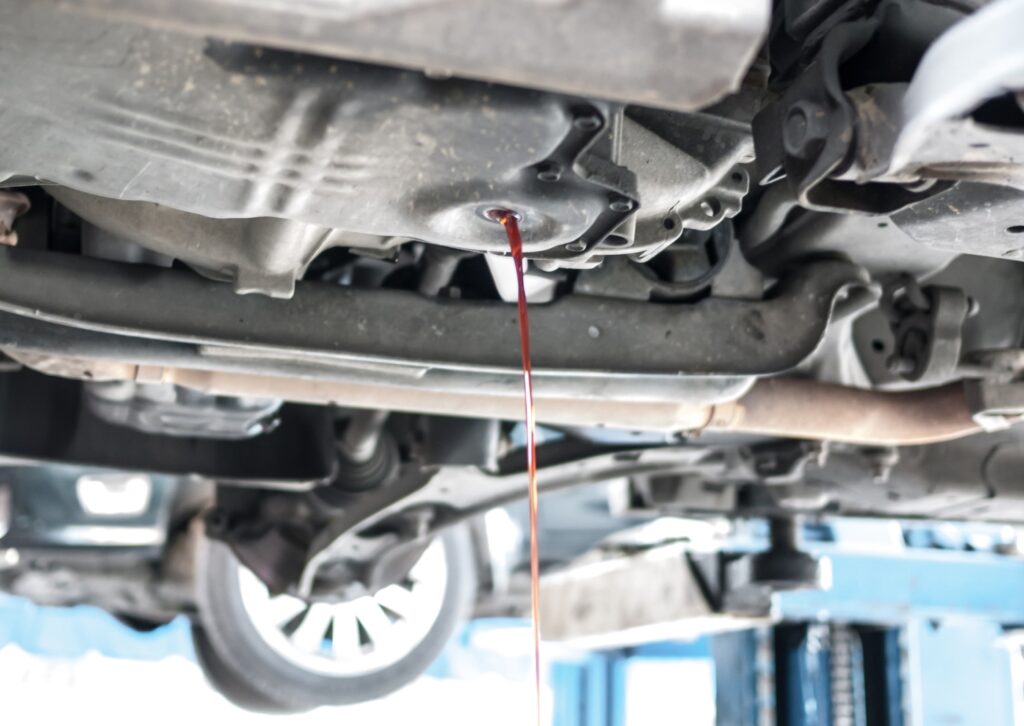
A fluid leak is a widespread reason for transmission to shift difficulty. As the system is sealed, transmission fluid is necessary for optimal operation. So, if there is a fluid leak, the information may change between gears with difficulty. Remember that leaks in a car are severe issues that, if left ignored, might render your vehicle inoperable.
Check your pan, gasket, and other components first if you think there might be a leak. Check for any indications that point to a transmission fluid leak. See a mechanic to look at the puddle under your car and if your transmission shifts erratically, have your gearbox looked at as well.
Problem with Torque Converter
The torque converter resides between the engine and transmission. Power from the engine is sent to the wheels through the torque converter. The transmission fluid that fills this component can cause the torque converter to act oddly if it is contaminated or of poor quality.
Nonetheless, a broken or malfunctioning torque converter occasionally exhibits odd behavior. Your transmission could slide as a result of such an incident. If this occurs, you must replace your torque converter.
Faulty Shifter Cable
Most automatic cars have a cable connecting the shifter to the transmission. The cable was constructed with the indicator needle’s alignment with the intended gear. The indicator needle will not line up when your transmission cable is defective or destroyed, resulting in troublesome gear transfer.
Adaptive Transmission
suppose the transmission in your car has an adaptable design. Depending on how you drive and the state of the transmission fluid, the system will change the ratios in your vehicle. If there is any anomaly in those circumstances, the adaptive system will automatically change your gears, making it difficult for you to shift gears.
Cold weather
When it’s chilly outside, you could occasionally notice that your gearbox shifts from first to second quickly. Due to the low ambient temperature, the fluid will thicken and become impermeable. But, obtaining a premium synthetic fluid can help you avoid this issue.
2. Manual Vehicles
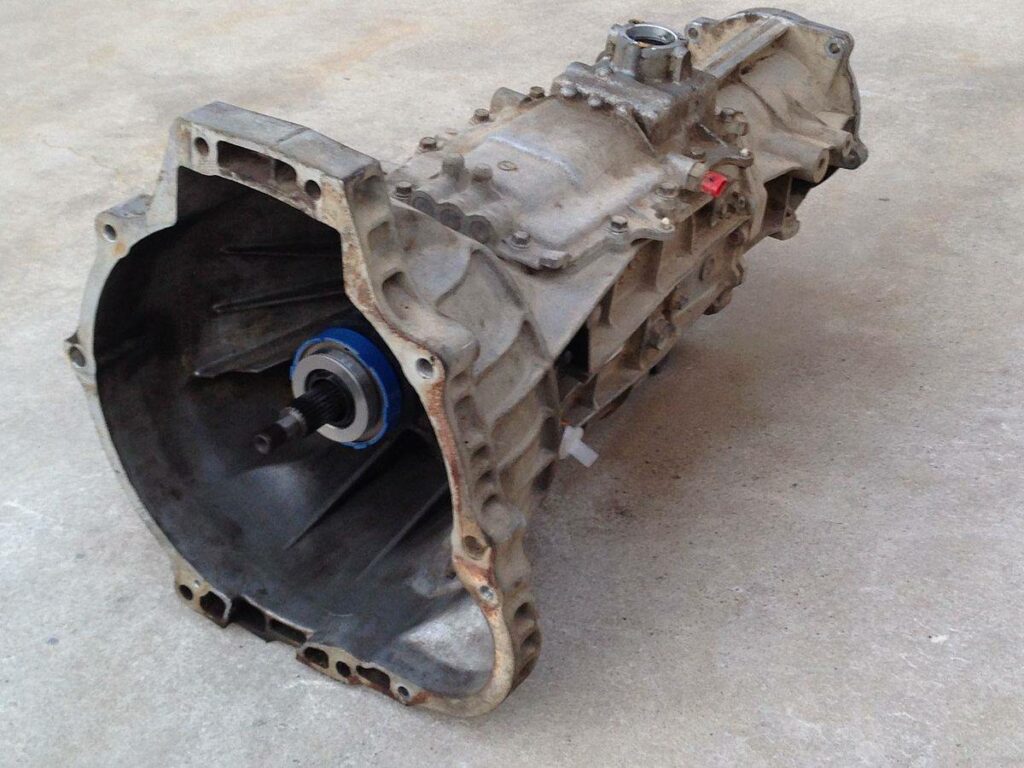
The following are the causes why a transmission shifts hard from 1st to 2nd in a manual car.
Worn-out Clutch
A vehicle’s clutch system turns on and off the power to facilitate effective transmission. To place the car in neutral and stop the power transmission, stomping on the clutch pedal applies pressure to the clutch master cylinder. This makes manual shifting possible.
However, this process becomes more challenging if the class release and the master cylinder are leaking or damaged. This happens as a result of fluid pressure loss. You therefore don’t apply enough pressure to engage and disengage the manual transmission.
Faulty gears
The transmission system’s gears, designed to provide a smoother ride, might deteriorate and wear down over time, resulting in damaged gears. Hard shifting may indicate a problem with your gears, even though they are designed to last a lifetime. You need to disassemble the entire gearbox to diagnose this, check the gears, and, if necessary, replace them.
Hence, before you proceed, make sure that your gearbox is not moving from first to second suddenly for some other cause. Rebuilding a transmission can be very expensive.
Low-level gear oil
Gear oil lubricates the gears in your car, enabling it to run smoothly. A manual gearbox will have trouble shifting from first to second or third gear if there is no oil or just a low quantity of oil because of leaks or a failure to replace the oil.
Damaged Gear Hub Sleeve
A geared hub is a link between two gears that aids in shifting from one gear to the next. The test makes sure that the hub’s gear movement lines up with the synchronization. The movement won’t be smooth and there will be issues with displacement if the sleeve is worn.
Damaged Synchronizer Ring
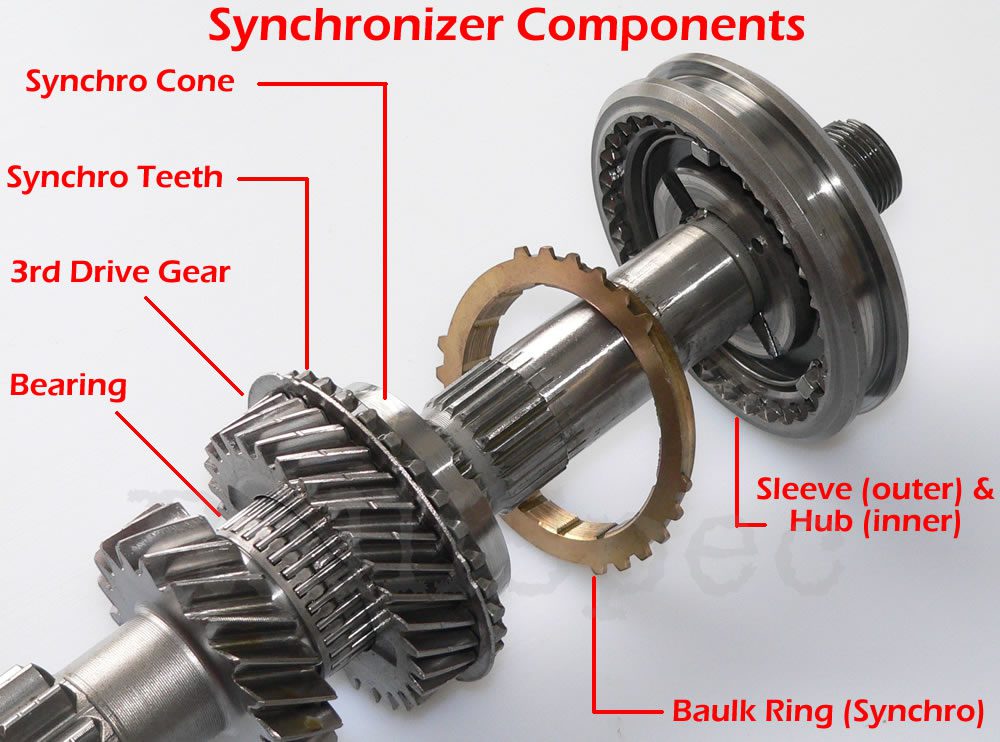
The synchronization ring guarantees effortless shifting with its connection to the hub shell. Different speeds and sluggish switching will result from sync ring errors. While changing from first to second gear, slippage indicates that your manual transmission’s synchronizer ring is broken. As a result, if sometimes shifting seems difficult, examine the condition of the sync rings.
Transmission Slipping
Slipping in a manual gearbox may cause your car to lose power and the RPM to rise as you attempt to decelerate. When cyclists change into gears that are too low for the resistance they are encountering, this happens. Much of this resistance is absorbed by the clutch in your car. Often slipping transmissions indicate that the clutch needs to be changed.
How to fix transmission hard shifting?
Transmission shifting problems, such as jerking while changing from first to second gear, are often caused by the fluid in your gearbox. For instance, when the fluid level is low owing to leaks or late fluid changes. As a car owner, you may encounter gearbox problems. If fluids are polluted or the system contains the incorrect fluid, it is necessary to cleanse the system. To do this, please follow these steps:
Step 1
Get your car bonnet lifted and disconnect the negative terminal of your battery. Always know you need to disconnect the battery’s negative terminal when handling a repair in the engine room.
Step 2
Move underneath your car to reach the transmission fluid lines and remove the output line using the appropriate screwdrivers. You may consult your vehicle’s maintenance manual to determine which line to disconnect, but if you’re unable to do so, you can also disconnect the two lines; one of them should release the transmission fluid.
Step 3
Could you place a funnel in the transmission port of your car after opening it? When you pour fluid into the system, the funnel will assist avoid waste. Therefore, the same quantity of fluid enters the system as it leaves. Now that we’ve resolved the matter, we can go on. You may disconnect the transmission line and put it in a bucket to restrict fluid flow.
Step 4
For this step, you should have someone start your vehicle while you replenish its fluid system. While the engine operates, we must allow fresh fluid to exit the hose while pouring in new fluid. This will purge the engine of any polluted or incorrect fluid. Over some time, only clean transmission fluid should remain in the system.
Frequently Asked Questions
Can low oil cause hard shifting?
A low oil level will make your gearbox shift difficult. If you find your stick shift difficult to go from first to second or third gear, check to see whether there is enough automatic transmission fluid (or manual if you drive a stick shift). Gear transmission will be hampered if there is a leak in the gear oil or if it has been a long time since you last replaced it.
Is Hard shifting bad for a transmission?
If you find it difficult to change gears, there may be a problem with your transmission system that must be looked at immediately. Ignoring faults or factors that make transmission shifting difficult from second to third or from first to second, such as a faulty clutch, damaged shifter cable, transmission fluid issues, faulty sensors, damaged gear or synchronizer ring, etc., can result in a complete shutdown of your vehicle and a significant repair bill.
What happens if gear oil is not changed?
When you neglect routine maintenance and fail to replace your gear oil on schedule, your transmission system may develop a number of problems. They include slow gear engagement, difficult gear changes, odd sounds made while in gear, an overheated transmission system, gear slippage issues, and other transmission issues.
To prevent any problems with your transmission system or other engine parts, it is important to keep track of the required time period for changing your fluid.
How do you go from 1st to 2nd gear smoothly?
Modern vehicles often include automated gearboxes that enable rapid gear changes while operating the car. Going into first and second gear is extremely simple on a manual gearbox, although it takes some skill and accuracy. Get your engine up to around 3000 to 3500 rpm, fully depress the clutch pedal, then release the gas pedal to ready the change to the second gear.
Set the transmission to second gear and depress the clutch pedal. The quicker you execute this, the smoother the transition from first to second gear will be.
Conclusion
If your gearbox has difficulty changing smoothly from first to second gear, call your trusted expert for a diagnostic. It is advised that you get help from a reliable transmission repair shop in your region if you need more confidence doing repairs on your own.
